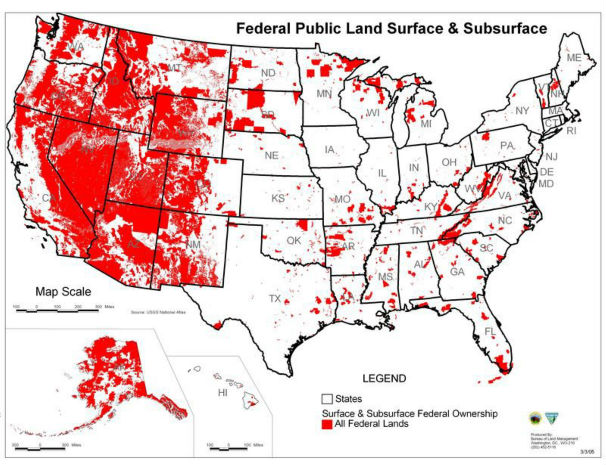The U.S. federal government owns and manages more than one-fourth of the nation’s acreage. The bulk of it rests in the West. In fact, more than half of the West is federally owned. Yet the acts that enabled states to be a part of the nation promised transfer of public domain title.
Federal land management is not the panacea it is sometimes perceived to be. Federal lands reduce the tax revenues available to states. The government does not pay property taxes. In lieu of taxes, a portion of revenues earned from resource use on federal lands is paid to the states to help pay for education and other state institutions. But revenues are down, way down, from historic trends when timber and grazing were dominant land uses. Various federal compensation packages have attempted to alleviate the lost revenues but state funds remain low.
Last week, the Utah Transfer of Public Lands Act was signed into law. The bill requires the federal government to honor its promise under the Utah Enabling Act of 1896 to transfer title of the public lands to the state. The land transfer is not about developing the land. It is about managing the land to enhance resource value. It is about managing the lands according to the desires of neighbors, rather than politicians living hundreds of miles away. It is about management by those who receive the greatest benefit from good stewardship and bear the greatest burden from poor stewardship.
As Utah legislator, Rob Bishop, said, “It is time for a shift in the paradigm about use and control of our public lands. Utah has proven to be a far more effective steward of our lands and resources than the federal government and there is no good reason why ownership and control cannot be returned back to state and people where it rightfully belongs.”
Originally posted at Environmental Trends.



